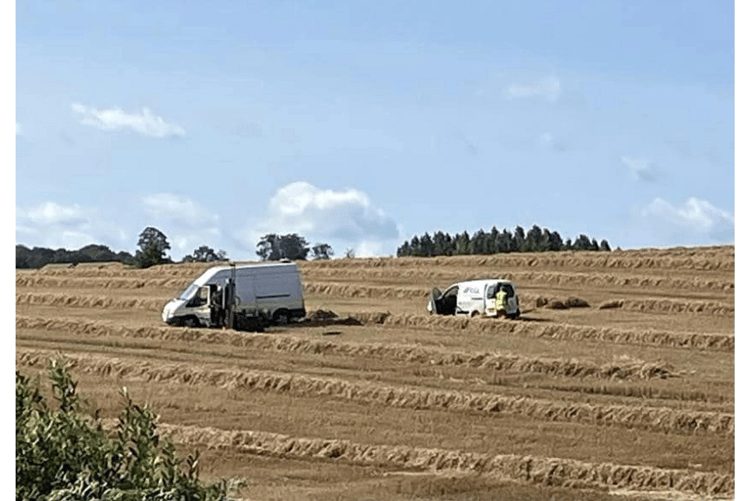SERIOUS flooding and drainage problems in the part of Dawlish earmarked by developers for more housing have been highlighted by the Environment Agency.
In response to a submission by Barratt Homes to Teignbridge Council for 200 homes to the north east of Dawlish, the EA has said it needs to highlight ‘serious flooding and drainage problems within the Shutterton Brook catchment.
Its response says: ’Until further information about the nature of flooding from all sources is available, we recommend your authority does not make any long-term decisions about future development within this catchment.’
The EA has put together a lengthy report into the proposals by Barratt Homes, ahead of a planning application due to be submitted in the autumn, and says it welcomed the fact that this area is not included in any potential residential development in the draft of the new local plan.
Residents have been vocal in their opposition to the proposals on what is described as ‘prime’ agricultural land and next to the popular Dawlish Countryside Park.
Leader of Teignbridge Council and Dawlish member Cllr Martin Wrigley has described the scheme as speculative and stressed that the land is not included in any local plan, either current or draft.
He said: ‘If the developer were to put in for planning, as it is both adjacent to the Country Park and outside settlement limits and not in the plan, I do not see how it could possibly succeed.
‘It is another example of speculative development trying to push, and this is exactly why we have a Local Plan to protect our undeveloped areas.’
It has been claimed that possible soil testing has been carried out on the site over the last few weeks.
Objectors believe this is to check the suitability of the ground and despite this land not being in the local plan, they fear developers are ‘hell bent’ on overturning the plan and not considering local opinion.
In response, a spokesperson for David Wilson Homes said: ‘As part of our proposals to build up to 200 high-quality and sustainable new homes, we are undertaking a series of in-depth surveys that will deliver accurate detail on ground and drainage conditions. We are also working closely with the Environment Agency and other organisations who have requested specific information related to site drainage.
‘All of the information gathered will be publicly available on the Teignbridge District Council planning file when the application has been submitted.’
The EA’s response to Barratt Homes scoping document says while it recognises the area lies within a designed Critical Drainage Area, there has been no explanation of the ‘significance’ of this or the problems which ‘the data underpins’.
The designation dates from 2013 and was put in place because of known critical drainage problems and high risk of flooding from various sources.
But the EA points out the information that informed the CDA designation is now out-of-date and the drainage standards for the catchment need updating.
It says: ‘We have commenced a flood modelling project to gain a comprehensive understanding of all the flood risk characteristics, as well as potential solutions. Until the results are available, we will be unable to provide detailed comments on planning proposals. We believe that some modelling outputs should be available by the end of 2023, but the full model and reports will not be available until spring/summer 2024.
‘On this basis, we have advised your authority not to make any long-term decisions about future development within this catchment until the results of the modelling are available.
‘We welcome that your authority has taken the above issues on board and decided not to take forward any residential allocations in Dawlish within the draft Local Plan.
‘In terms of the flood risk Sequential Test, it is clear that if this has been considered at the Local Plan stage there is no need to repeat it on individual planning applications.
‘This should be sufficient evidence to refuse a planning application on planning policy grounds at this stage.’
The report also comments that there is evidence of ‘overload’ on Dawlish sewage management and that there should be liaison with South West Water to ensure that there is capacity at the sewage treatment works to accommodate the flows generated by the development.





Comments
This article has no comments yet. Be the first to leave a comment.